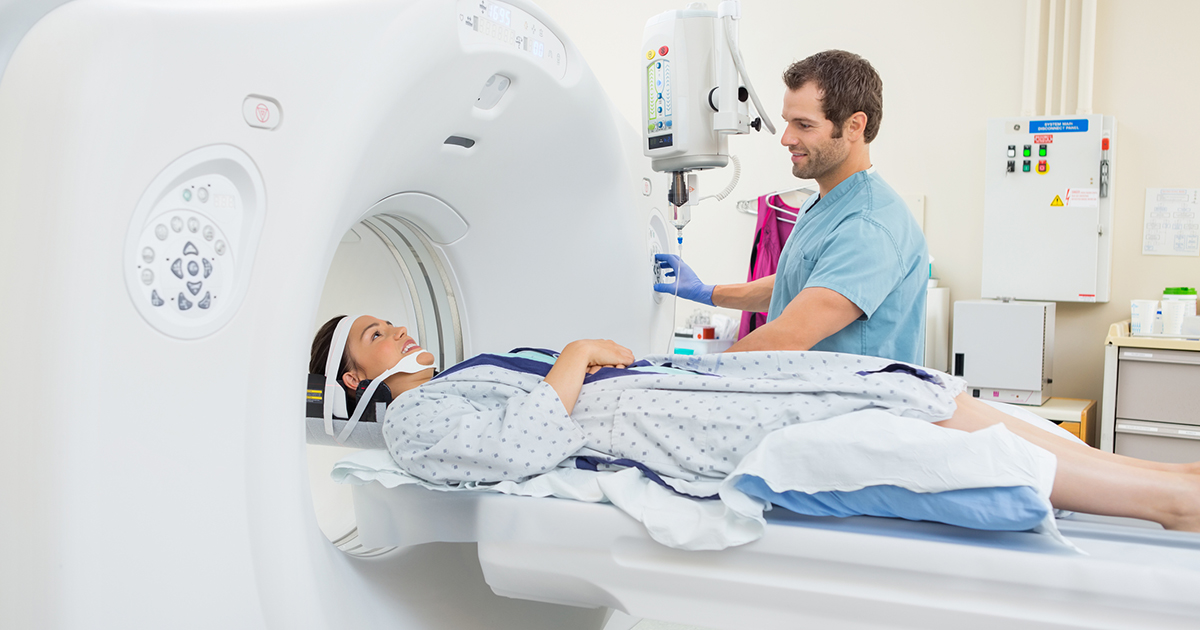Guide To Positron Emission Tomography Scans (PET Scans)
Recovering From The Scan

After a positron emission tomography scan, patients can often resume their normal activities. This only changes if the patient's doctor gives them alternative instructions. Despite being able to resume normal activities, there are still some instructions to help patients recover from a positron emission tomography scan. The radioactive tracer used for the scan will stay in the patient's body for an extended period afterward. Patients need to drink a significant amount of fluids to help flush the tracer from their system. In most cases, they can do so in a couple of days, perhaps less. Besides this, most patients do not have additional instructions for recovery. They will often receive their results in a few days at a follow-up appointment with their doctor.
Compared To CT And MRI Scans

Positron emission tomography scans can reveal problems occurring at the cellular level of a patient's body, unlike magnetic resonance imaging (MRI) and computerized tomography (CT) scans. Computerized tomography scans utilize special x-ray equipment to compose detailed images of the inside of a patient's body. Magnetic resonance imaging uses radiofrequency pulses and magnetic fields to produce detailed images of the patient's internal structures like bone, organs, and other soft tissues.
CT scans and MRI scans can only reveal changes in a patient's body that occur at later stages of their respective disorder or disease. These scans can pick up changes in a patient's body once the disease or condition begins to alter the structure of the tissues or organs in their body. In some cases, an individual must have PET-MRI scans or PET-CT scans. Combining an MRI or CT scan with a positron emission tomography scan allows a computer to mesh the images for a more accurate diagnosis.
